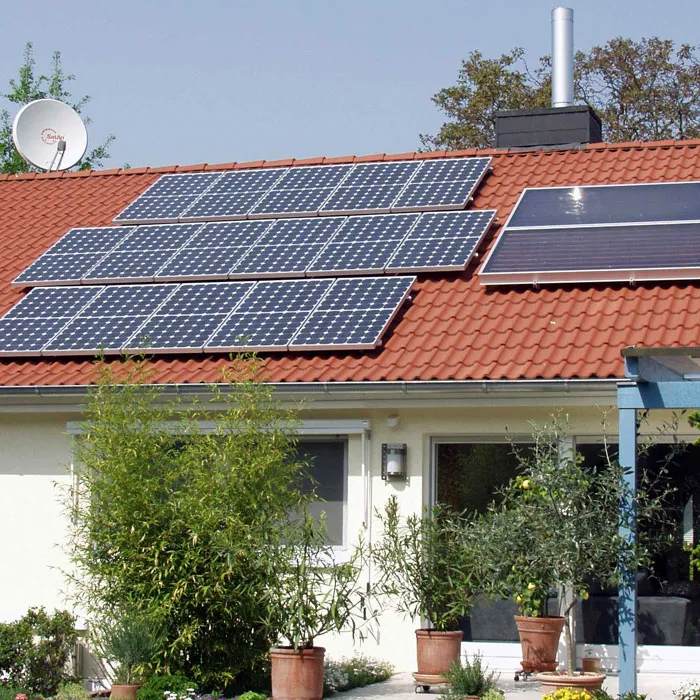A Comprehensive Guide to Sizing a Solar Heat Pump Hot Water System for Your Household
2024-11-19
When investing in a solar heat pump hot water system, proper sizing is essential to ensure optimal performance, energy efficiency, and cost-effectiveness. An incorrectly sized system can lead to inefficiencies, unnecessary expenses, or even inadequate hot water supply. In this blog, we’ll explore the key factors to consider when sizing a solar heat pump system for your home.
1. Household Size and Water Usage Patterns
The size of your household and your family’s daily hot water needs are critical in determining the capacity of your system.
- Number of Occupants: A larger family typically requires more hot water, demanding a system with higher capacity.
- Usage Habits: Evaluate when and how hot water is used (e.g., showers, laundry, dishwashing). Households with heavy users will need a larger system.
- Daily Consumption: On average, a person uses 40–50 liters of hot water per day, but this can vary.
2. Climate and Solar Radiation Levels
The availability of sunlight in your region significantly impacts system performance.
- High Solar Radiation: In sunny areas, a smaller collector or fewer solar panels may suffice.
- Low Solar Radiation: For regions with cloudy or cold weather, you may need a larger solar collector or an auxiliary heating source.
Heat pump systems perform better in warmer climates, but modern designs can function efficiently even in colder regions with the right configuration.
3. Heat Pump Efficiency
The Coefficient of Performance (COP) indicates how efficiently a heat pump converts energy into heat.
- Systems with a higher COP are more efficient, requiring less electricity.
- Choose a heat pump designed for your climate zone to maximize performance.
4. Tank Size and Insulation
The size of your hot water storage tank is directly linked to your household’s hot water needs.
- Oversized Tank: Leads to unnecessary heat loss and higher costs.
- Undersized Tank: Results in insufficient hot water during peak usage times.
- Insulation: Ensure the tank has proper insulation to retain heat and minimize energy loss.
5. System Backup Requirements
Solar heat pumps often rely on backup systems to ensure a steady hot water supply during periods of low solar input.
- Consider electric or gas-powered backup systems if your region experiences long stretches of cloudy weather.
- Ensure the backup system is sized appropriately to complement the main system.
6. Installation Space and Orientation
Assess the space available for installation:
- Collectors or Panels: Require sufficient roof space with a suitable tilt angle and orientation to maximize sunlight absorption.
- Heat Pump Unit: Needs a ventilated area for optimal operation.
7. Future Scalability
Consider potential changes to your household size or hot water needs in the future. Installing a slightly larger system now may save you from costly upgrades later.
By carefully evaluating these factors, you can select the right solar heat pump hot water system for your home, ensuring long-term efficiency and savings.



